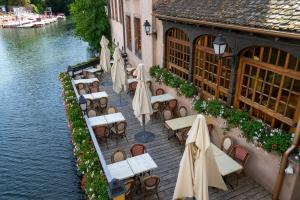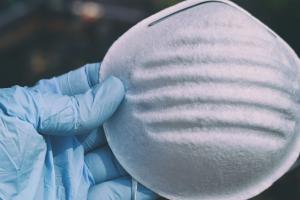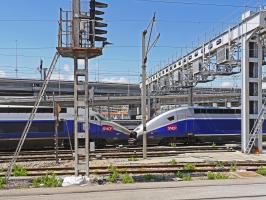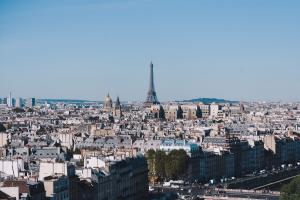The first traces of human presence in the today’s city of Noisy-le-Grand go back to the Palaeolithic era. As for the existence of the city itself, it was first mentioned in writing by Gregory of Tours in "History of the Franks" in the sixth century. The discovery of a vast Merovingian and Carolingian necropolis in 2009 is proof of life in the city between the 6th and the 11th century.
In 1060, the royal estate of Noisy-le-Grand passes into the hands of the monks of Saint-Martin-des-Champs donated by by King Henry I. At the end of the 11th century, they built the Saint-Sulpice church where in in 1779 the viscount of Beauharnais marries Josephine, future empress by her marriage with Napoleon I.
The monks of Saint-Martin-des-Champs will be masters of the seigniory of Noisy-le-Grand for more than 640 years. After the 16th century, very few monks live in Noisy, however. In 1706, they sold their rights to Paul Poisson de Bourvalais. On the eve of the French Revolution, Noisy-le-Grand was a village of less than 1,000 inhabitants.
After the revolutionary storm, when the goods of the monks were confiscated and the priest of Noisy, denounced as royalist, were guillotined, the manufacture of weaving and spinning Mabille is installed in 1790, becoming the first industrial structure of the territory.
What followed was an industrial and demographic surge. The arrival of the tramway in 1901 also transforms the landscape. The boards of Marne become a place for bathing while the town itself becomes commercial and open to tourism.
It was in the period between the two wars that the city experienced its first boom, the development of subdivisions leading to the integration of Noisy-le-Grand in the suburbs of Paris, by population and urban growth.
In 1965, the creation of the new city of Marne-la-Vallée contributes to the momentum of the city. In the neighbourhoods of Mont-d'Est, Pavé-Neuf and Noisy-Est (current Champy and Butte-Verte), buildings are made by famous architects. Among these architectural creations, Henri Ciriani's Noiseraie (1981), Ricardo Bofill's Espaces d'Abraxas (1982) and Manolo Nuñez's Arènes de Picasso (1984).
 TheMayor.EU logo
TheMayor.EU logo 







